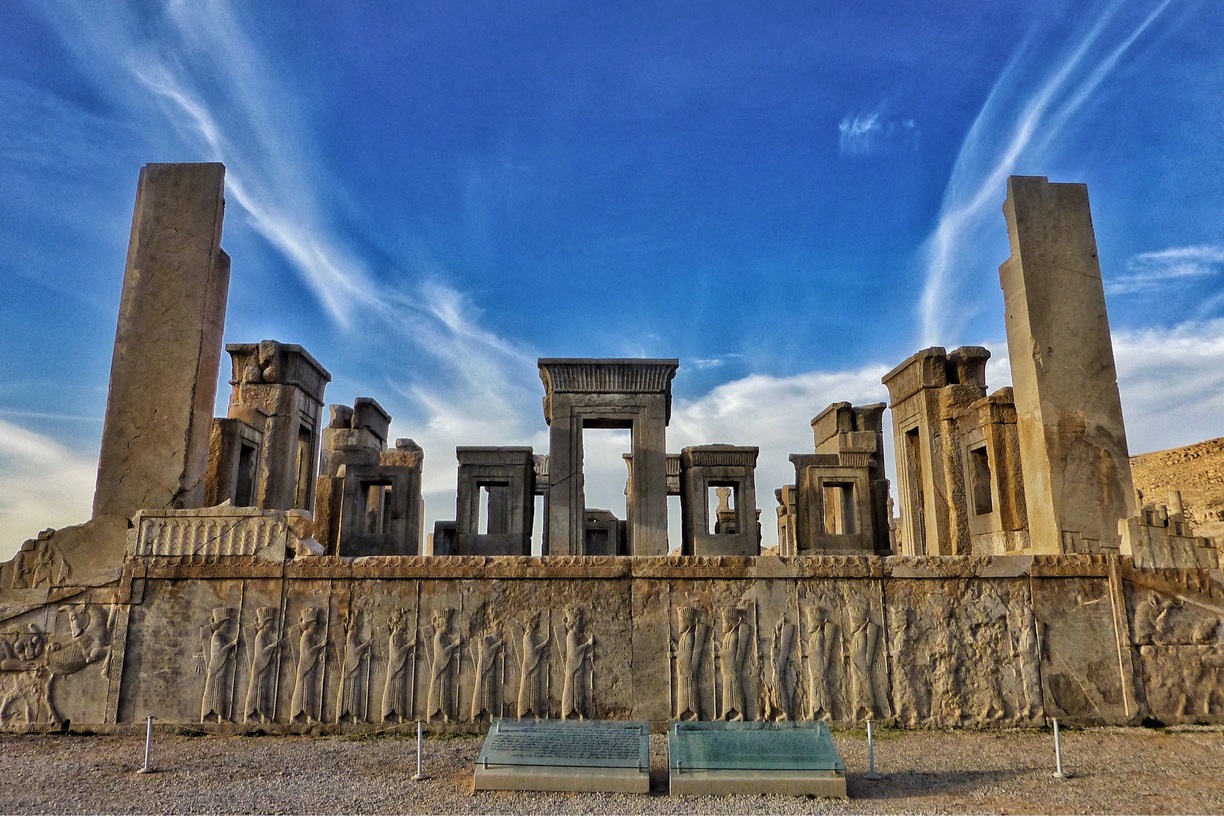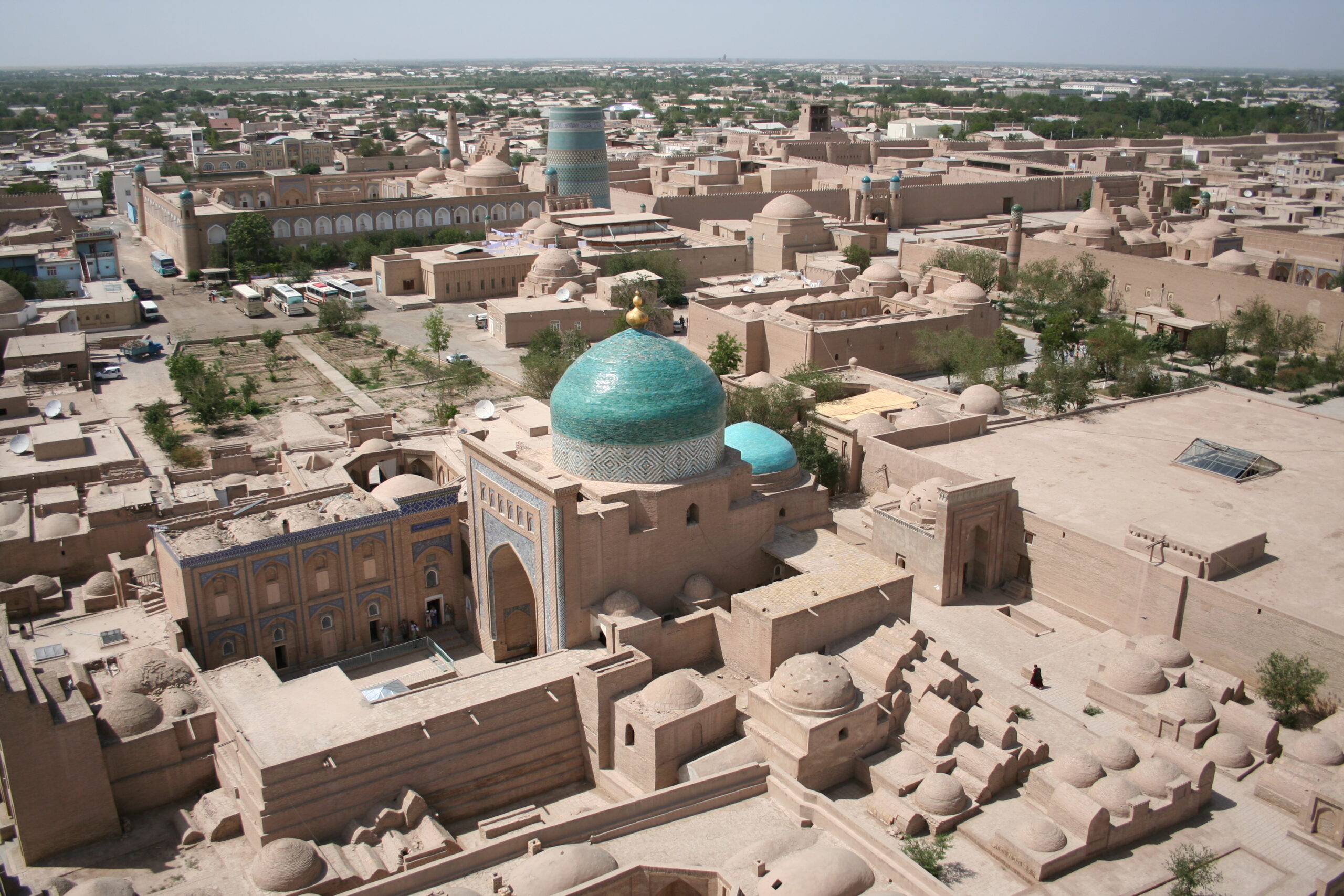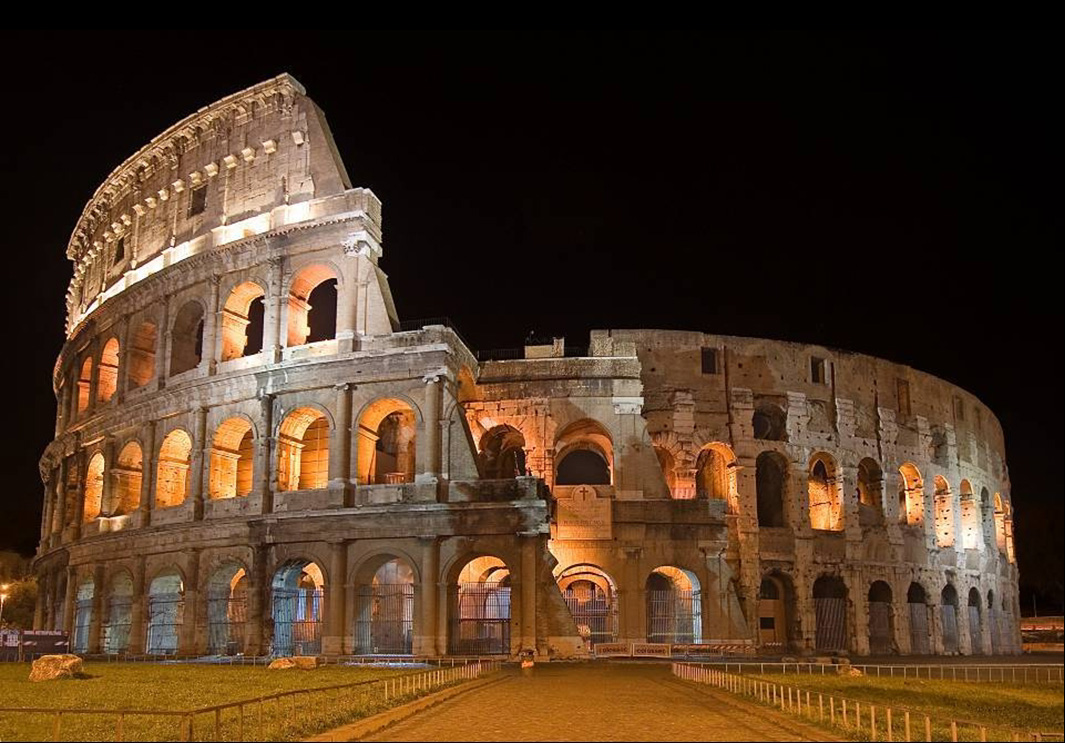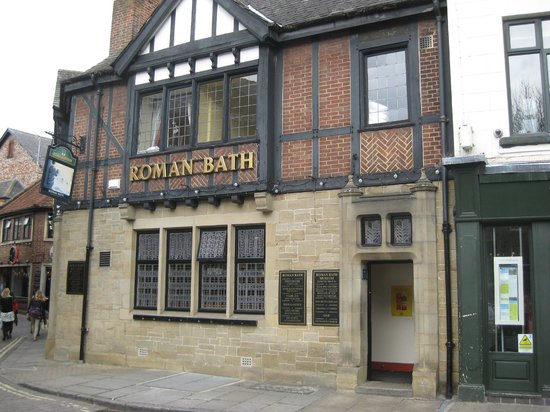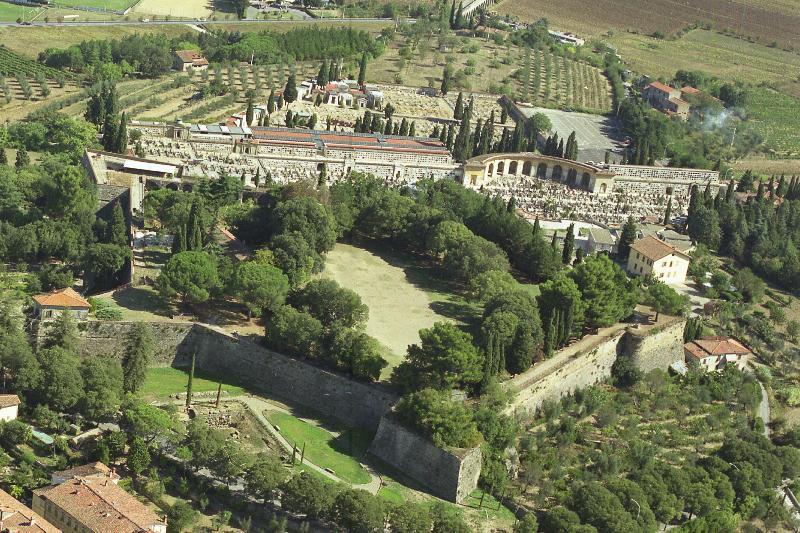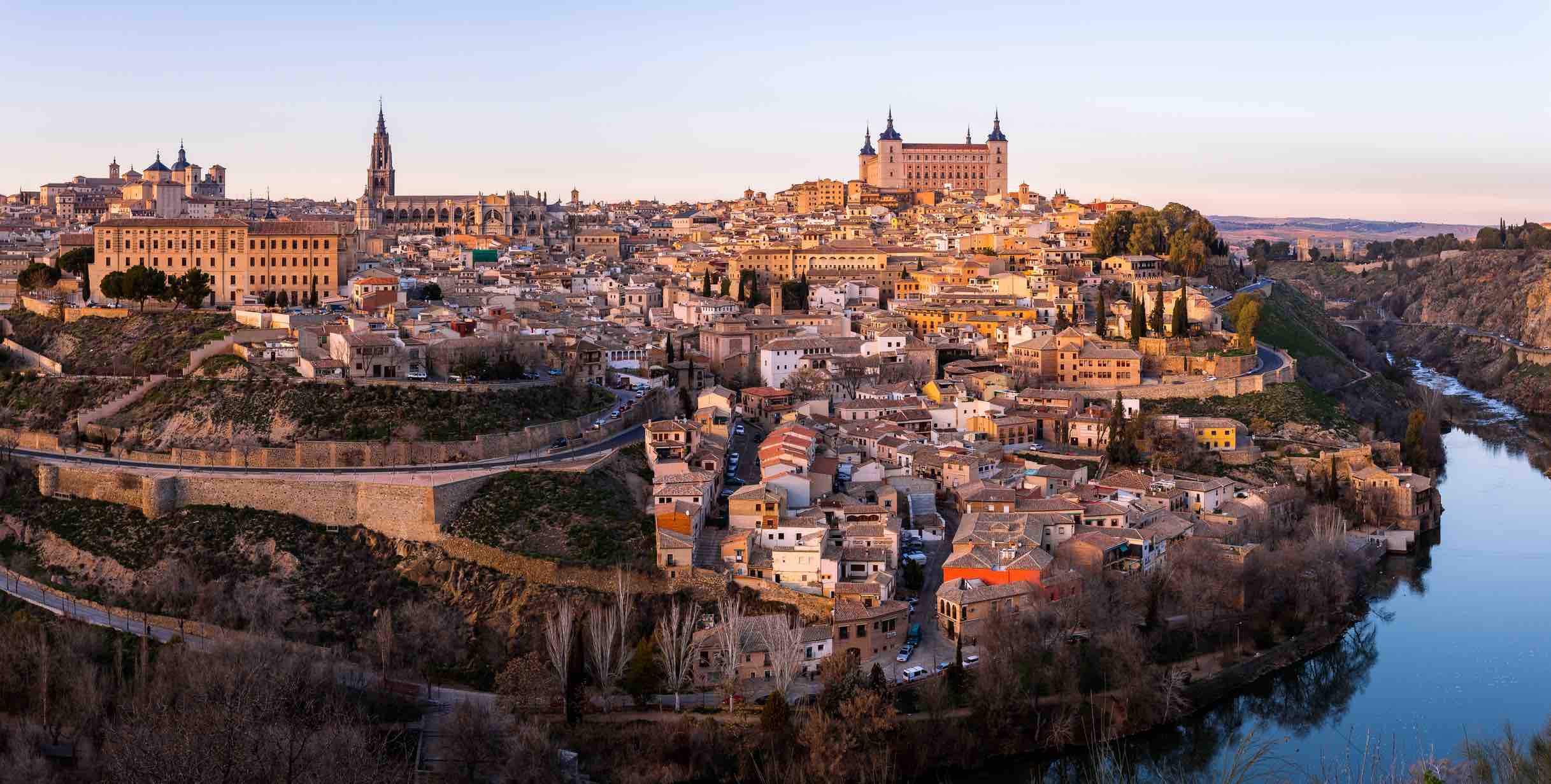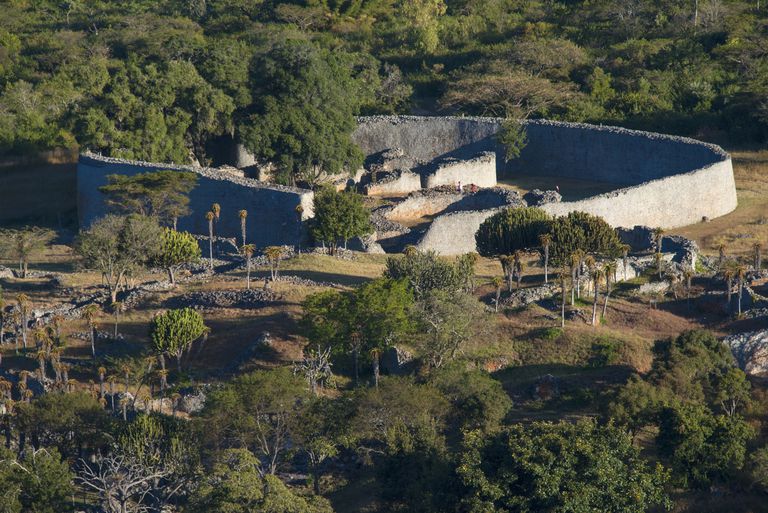Persepolis was the ancient capital of the Persian Empire during the Achaemenid era. Founded by Darius I around 515BC, the city stood as a magnificent monument to the vast power of Persian kings.
Persepolis remained the centre of Persian power until the fall of the Persian Empire to Alexander the Great. The Macedonian conqueror captured Persepolis in 330BC and some months later his troops destroyed much of the city. Famously, the great palace of Xerxes was set alight with the subsequent fire burning vast swathes of the city.
Persepolis does not seem to have recovered from this devastation and the city gradually declined in prestige, never again becoming a major seat of power.
Today the imposing remains of Persepolis stand in modern-day Iran and the site is also known as Takht-e Jamshid. Located roughly 50 miles northeast of Shiraz, the ruins of Persepolis contain the remains of many ancient buildings and monuments. These include The Gate of All Nations, Apadana Palace, The Throne Hall, Tachara palace, Hadish palace, The Council Hall, and The Tryplion Hall.
Persepolis was declared a UNESCO world heritage site in 1979.
